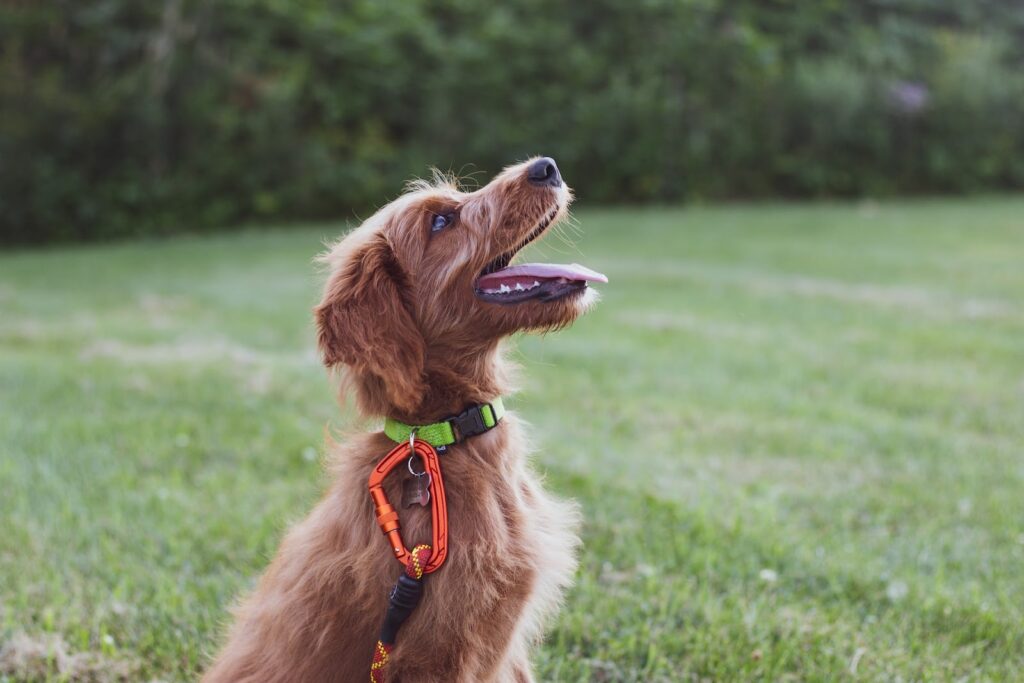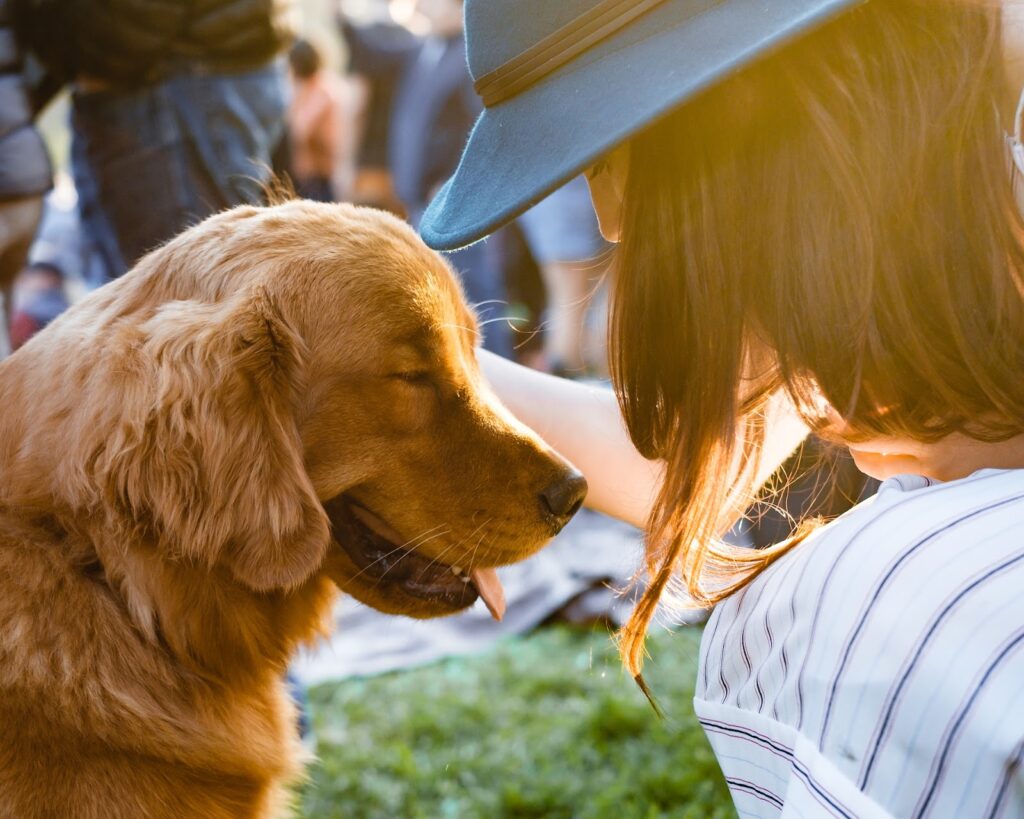Have you ever noticed a sudden change in your dog’s behavior? Are they not as energetic as they used to be, or perhaps showing signs of aggression that weren’t there before? These alterations can be puzzling and even worrying for a pet owner.

Understanding your dog’s behavior requires keen observation and a basic understanding of canine behavior. Just like humans, dogs too have mood swings and behavioral changes depending on various internal and external factors.
In this guide, we will walk you through how to recognize and manage these shifts effectively. Additionally, we will introduce you to a selection of dog products designed to assist in promoting a balanced and engaging lifestyle for your furry companion. Stay tuned to become a more confident and understanding pet parent.
1. Understanding Your Dog’s Language
Ever wondered why your dog is wagging its tail or barking more than usual? Dogs use a combination of vocalizations, body language, and facial expressions to communicate with us. While some signals like a wagging tail or a playful bark might be easy to understand, others may be subtle and easy to miss.

To become fluent in your dog’s language, it’s important to pay attention to their usual behavior. This forms a baseline against which you can compare and spot any changes. Observing patterns and taking note of context can significantly help decipher what your dog is trying to convey.
2.Identifying Shifts in Canine Behavior
Spotting changes in your dog’s behavior can be tricky. What’s essential to remember is that any shift from their norm can be a signal. Changes can be obvious, like increased aggression, excessive barking, or noticeable lethargy. However, they can also be subtle, like a decrease in appetite, lack of interest in their favorite activities, or slight changes in their sleeping patterns.

Monitoring your dog’s behavior requires patience and consistency. Regular interaction and play time not only help maintain your dog’s mental and physical health but also make spotting any behavioral changes easier.
3.Common Causes Behind Behavioral Changes
So, what causes these behavioral changes in dogs? There are several factors, and often, they can be linked back to their health, environment, or age. For instance, dogs may show signs of discomfort or aggression when they’re unwell or in pain.Environmental changes, like moving to a new house, can also lead to increased anxiety or stress. Lastly, as dogs age, they can experience cognitive decline, leading to changes in behavior.

Understanding these causes is crucial in handling your dog’s behavior effectively. When in doubt, never hesitate to seek advice from a veterinary professional. They can guide you on the necessary steps to take, ensuring your dog’s well-being.
4.Role of Training in Managing Behavioral Changes
Training plays a pivotal role in managing and even preventing undesirable behavioral changes in dogs. It serves as a communication tool, helping you express your expectations to your pet while also understanding their needs and behaviors.

Training techniques can be used to address specific issues such as excessive barking, aggression, or anxiety. Positive reinforcement, which involves rewarding your dog for good behavior, is often most effective. For example, if your dog tends to bark excessively, training them to understand a “quiet” command, and rewarding them when they obey, can help manage this issue.
Keep in mind that patience is key in dog training. Changes might not occur overnight, but with consistent effort, you will see improvement over time.
5.Dog Products to Support an Engaging Lifestyle
Maintaining an engaging lifestyle for your dog can significantly impact their behavior and overall wellbeing. Various dog products can help in this endeavor. From toys that stimulate their mind to those that encourage physical activity, choosing the right products can make a world of difference.
Interactive toys, for instance, can keep your dog entertained and mentally stimulated, reducing feelings of boredom or anxiety that might lead to destructive behavior. Similarly, a comfortable and durable leash can make your daily walks or training sessions more enjoyable and effective.

Consider products that cater to your dog’s unique needs and preferences. Every dog is different – what works for one might not work for another. Experiment with different dog products to find out what your pet enjoys the most and what helps them lead a balanced, joyful life.
Remember, the goal is not just to manage your dog’s behavior, but also to ensure they lead a happy and fulfilling life. Your understanding, patience, and care, coupled with the right tools and training, can make this possible
6.Integrating Play and Exercise: Key to a Balanced Canine Lifestyle
Play and exercise are as crucial to your dog’s health as nutrition. They not only keep your dog physically fit but also provide mental stimulation, which is key in managing behavioral issues. A well-exercised dog is typically a happy and well-behaved dog.

Consider integrating various forms of play and exercise into your dog’s routine. This can be anything from a game of fetch in your backyard to agility training or a long walk in the park. Keep in mind your dog’s breed, age, and health condition while planning their exercise routine.
Remember, play also strengthens your bond with your pet, making training and behavior management easier. Regularly investing time in playful interactions demonstrates to your pet that you are a source of fun and comfort in their life.
7.Your Role as a Pet Parent in Nurturing Positive Behavior
As a pet parent, you have a significant role in nurturing your dog’s behavior. Consistency, patience, and understanding are essential in this journey. Dogs respond best to clear and consistent rules, so make sure everyone in your household is on the same page regarding your dog’s training and behavior expectations.
Remember, dogs are very perceptive and can mirror our emotions. If you’re calm and confident, your dog will likely exhibit the same traits. Positive reinforcement, like praising your dog or giving them treats when they display desirable behavior, can work wonders in shaping their behavior over time.

Finally, never underestimate the power of love and affection. A loved dog is a happy dog, and a happy dog is more likely to exhibit positive behavior. Make sure to show your furry friend how much they mean to you. In return, they’ll reward you with unconditional love and loyalty.
With these guidelines in mind, you’re on your way to understanding your dog better and fostering a loving, respectful, and balanced relationship. Remember, every dog is unique – take the time to understand your dog’s individual needs and respond with kindness and patience.

Ellis is a retired veterinary technician and full-time contributor at DogLovesBest. He likes writing about pet health care tips and reviews the products that are useful for fidos on a daily basis.
Ellis also guardians a Siberian husky, Nova, and a cat named Shilly. They all live happily with his wife Ammy, and both the dogs on a seaside apartment in Queens, NY.
Contents
- 1. Understanding Your Dog’s Language
- 2.Identifying Shifts in Canine Behavior
- 3.Common Causes Behind Behavioral Changes
- 4.Role of Training in Managing Behavioral Changes
- 5.Dog Products to Support an Engaging Lifestyle
- 6.Integrating Play and Exercise: Key to a Balanced Canine Lifestyle
- 7.Your Role as a Pet Parent in Nurturing Positive Behavior
